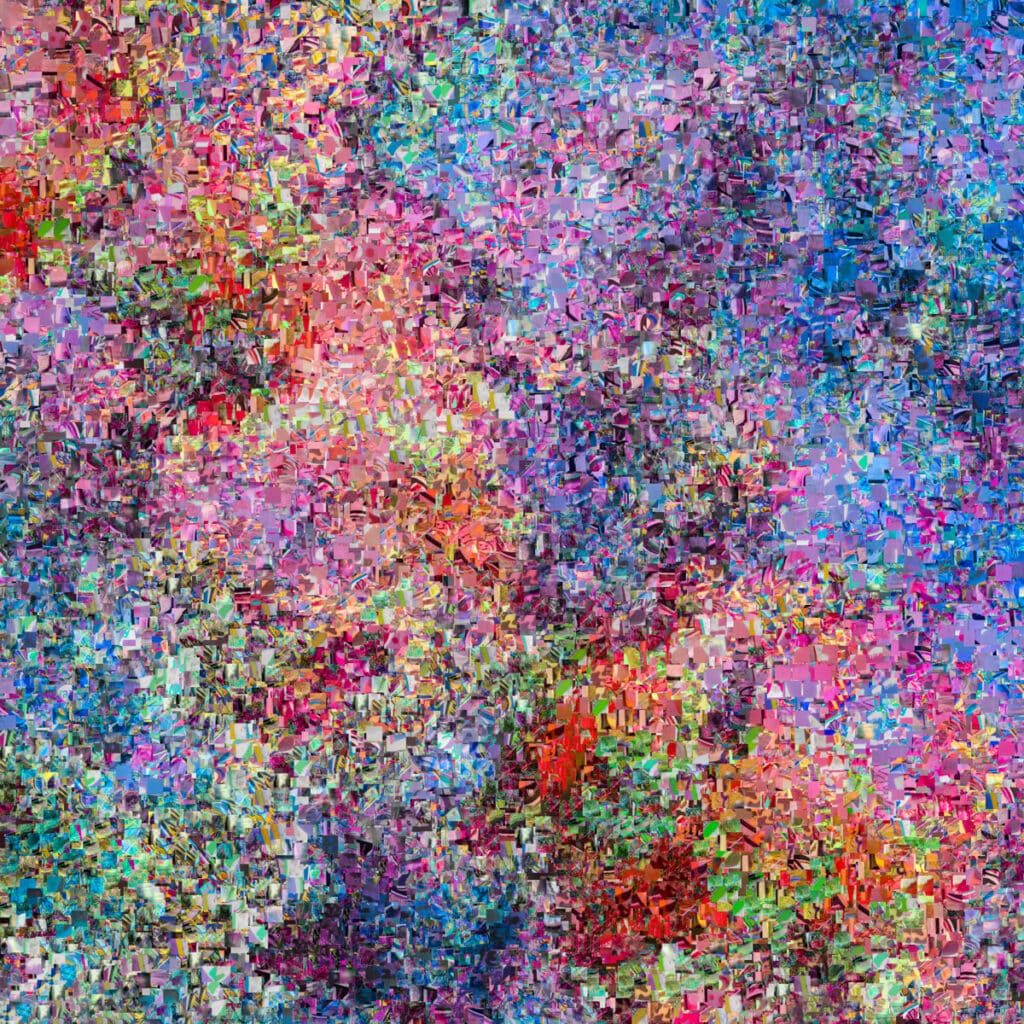As I was driving this morning, Molly Tuttle’s Good Enough – a plea to avoid perfectionism – came on the radio. It got me thinking about art and the possibly misplaced search for perfection. As a design engineer, I found the concept of good enough to be ever-present. The design constraints always meant that the product couldn’t be perfect in every way. Good engineering comes down to judicious choices among imperfect alternatives.
Is making art different? Yes and no. Providing you’re not trying to feed your family, when making art you can take all the time you wish. But time spent perfecting one piece is time that’s not spent exploring new ideas, finding new projects, securing exhibitions, and all the other things an artist does.
And then there’s the issue of whether more time spent on a piece makes it better. At first, it almost always does. But there may come a point where continuing to massage a photograph veers off into a different direction: the initial clarity of purpose can get lost, the thrust of the image can get confused, and it can start to look overworked. (As an aside, I note that if you can see photographic editing in the final work, that’s not a good thing.)
Consider what happened to some people when word processing came to desktop computers. It was so easy to make changes that they tweaked and fiddled endlessly, wasting time, and going way past the point of diminishing returns. I put programs like Photoshop and Lightroom in that category; unless you exert some discipline, you can find yourself in a situation where a piece is forever subject to revision, never completed, and thus never seen by your audience.
This is not an argument for sloppiness. Go ahead and improve your work in post or get out and reshoot to make a stronger version. But keep asking yourself if the work is really getting better. Hang it on your wall, see it every day, and see if there are still some things that need changing. But don’t just sit down at the computer and keep banging away unless something really needs changing.

T. Mellon says
I very much agree with this. It’s an every day struggle particularly when it comes to lifting shadows and suppressing highlights. Using a 100s sometimes allows too much choice IMHO. I can make every part of an image visible and perfectly exposed, but as you said, things look worked and the magic is lost.